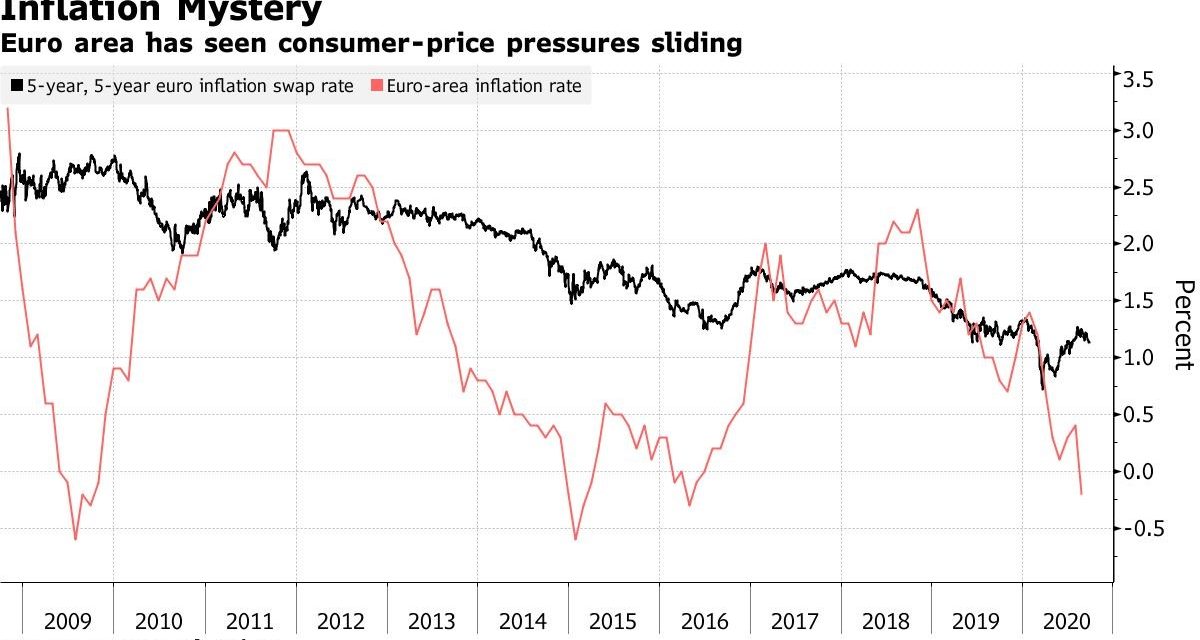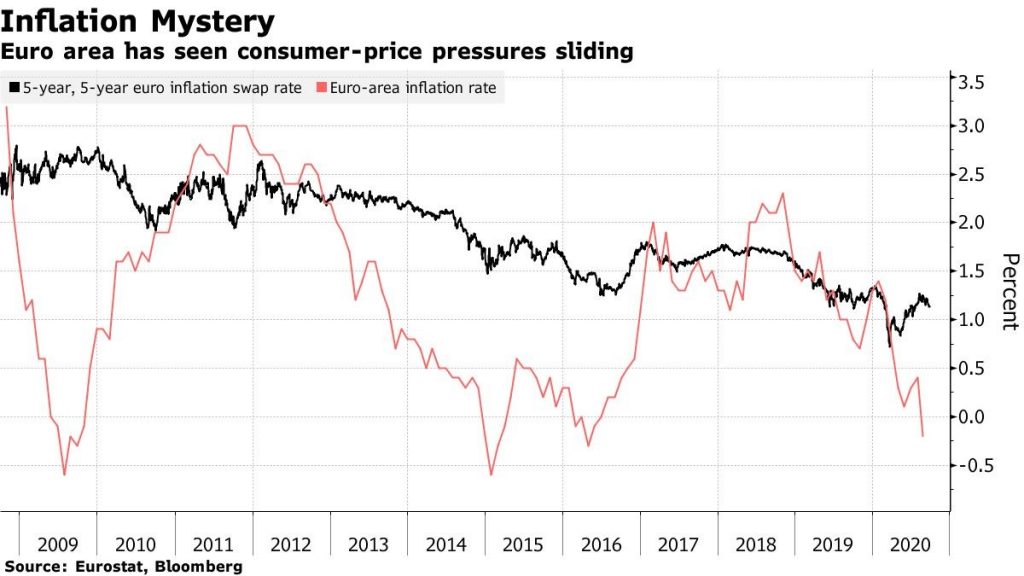UPFINA's Mission: The pursuit of truth in finance and economics to form an unbiased view of current events in order to understand human action, its causes and effects. Read about us and our mission here.
Reading Time: 4 minutes
We know that some industries are still hurting because they have been left behind by the COVID-19 economy. Companies such as hotels and airlines are still in deep trouble along with independent restaurants. It’s important to acknowledge all who are hurting before jumping into any good news. That being said, the data has been good lately as there was a giant jump in consumer confidence and the September ADP private sector payrolls report beat estimates.
There were 749,000 private sector jobs added in September according to ADP. As you can see from the chart below, the ADP report has shown less job creation in each of the past 3 months, but the error rate has fallen. If the ADP reading is below the BLS report even by a little, this will be a solid month of job creation. The estimate is for 900,000 private sector jobs added (BLS) which is only slightly below August which had 1.027 million. Last month’s BLS reading is misleading because over 300,000 jobs were created by the government. This time the consensus calls for the government to have hemorrhaged jobs.
According to ADP, there are 8.1% fewer jobs than the peak in February. The trough of the last recession was -7.4%, which means total job losses are still worse than the last recession even though we’ve had a strong 5 month recovery. Keep in mind, the updated August ADP report shows less than half the jobs added as the BLS reading. The BLS report is what matters. Few would care about ADP if it didn’t come out 2 days before the BLS one.
Where The Jobs Were
There was job creation across company sizes. There were 192,000 jobs added by small firms, 259,000 jobs added by mid-sized firms, and 297,000 jobs added by large firms. The goods producing sector did amazingly as it added 196,000 jobs. The construction industry added 60,000 jobs and manufacturing added 130,000 jobs. That’s huge for manufacturing as the BLS consensus is only for 33,000 jobs added. Manufacturing is on fire as the Chicago Business Barometer rose to 62.4 in September which beat estimates for 52.1 and the highest estimate of 56.3. It was up from 51.2. As you can see from the chart below, it’s already almost at where it has peaked in the prior 3 cycles. We had a cyclical peak 2 years after the prior recession, so we can have a cyclical peak in 2021.
The services sector added 552,000 jobs. The most were added in trade, transportation, and utilities. These jobs added could have been due to the increase in online shopping. Leisure and hospitality added 92,000 jobs which goes against the data from homebase. It’s surprising to see such strong job creation in an industry that’s still ravaged by the virus.
Why Money Losers Are Winning
We all have the inkling that stocks of companies that lose money at the start have been doing better in the past few years. That’s because of low interest rates. The three charts below spell it out clearly. As you can see, when interest rates are high, startups need to be profitable from the beginning. If interest rates were high, none of the crazy money losing businesses that exist today would work. Capital wouldn’t be chasing growth at any cost like it is now.
The middle chart is normalcy as companies can lose money in the beginning, but need to quickly make a profit when rates are moderate. It makes sense to want companies to be free to lose money at the start because that’s when they are investing in innovation. Moderate rates could allow the economy to be more robust (more disruption).
Now we are in the chart on the right where companies are deeply losing money for years before making a profit. Supposedly companies need to be profitable without their investments for growth, but that’s fuzzy. Sometimes companies never reach profitability after years of sales growth. If there are many companies willing to make losses for years, how can a company that has been losing money to take market share turn the corner? It needs to develop a moat/competitive advantage which is tough when all unprofitable growth companies are trying to do this.
We don’t know if the latest crop of disruptors will ever make a profit. We are seeing so many disruptors. Investment dollars are actually going to the money losing firms instead of the stable companies with a long history of profits. People think the stable companies will be disrupted without thinking of why the stable companies are profitable in the first place. Everyone bets on potential when interest rates are low. The question is if investors will love money losers forever if interest rate stay low.
The ECB Copies The Fed
The Fed is currently planning to allow inflation to stay above 2% for a little while so that the average of the past few years gets to 2%. It wants to make up for the years of below 2% inflation. The ECB is copying that policy. The problem for the ECB is it has even less credibility than the Fed. As you can see from the chart below, inflation rarely has stayed above 2% in the past 11 years. In fact, it’s collapsing as we speak.
It’s laughable for the ECB to claim it will let inflation stay above 2% when it can’t get it there in the first place. That’s like if a trader said he would sell his stock when he breaks even on the investment while it’s down 60% and falling each day. The ECB and the Fed are committed to low interest rates almost indefinitely. We won’t need to wait years to see the impact of low rates for the long term. That strongly dovish guidance is affecting markets right now.
Conclusion
Private sector job creation beat estimates which sets the labor market up well for a solid BLS release. The manufacturing sector had a strong September. It will likely have a solid Q4 on an absolute basis, not just in diffusion indexes. Low rates are encouraging companies to lose lots of money. These firms promise profitability, but don’t always deliver. No one cares as long as they keep growing. Will this last as long as rates are low? The ECB plans to allow inflation to rise above 2%. It’s not as if inflation is near 2% now. We are seeing the ramifications of this dovish guidance in markets today.
Have comments? Join the conversation on Twitter.
Disclaimer: The content on this site is for general informational and entertainment purposes only and should not be construed as financial advice. You agree that any decision you make will be based upon an independent investigation by a certified professional. Please read full disclaimer and privacy policy before reading any of our content.












